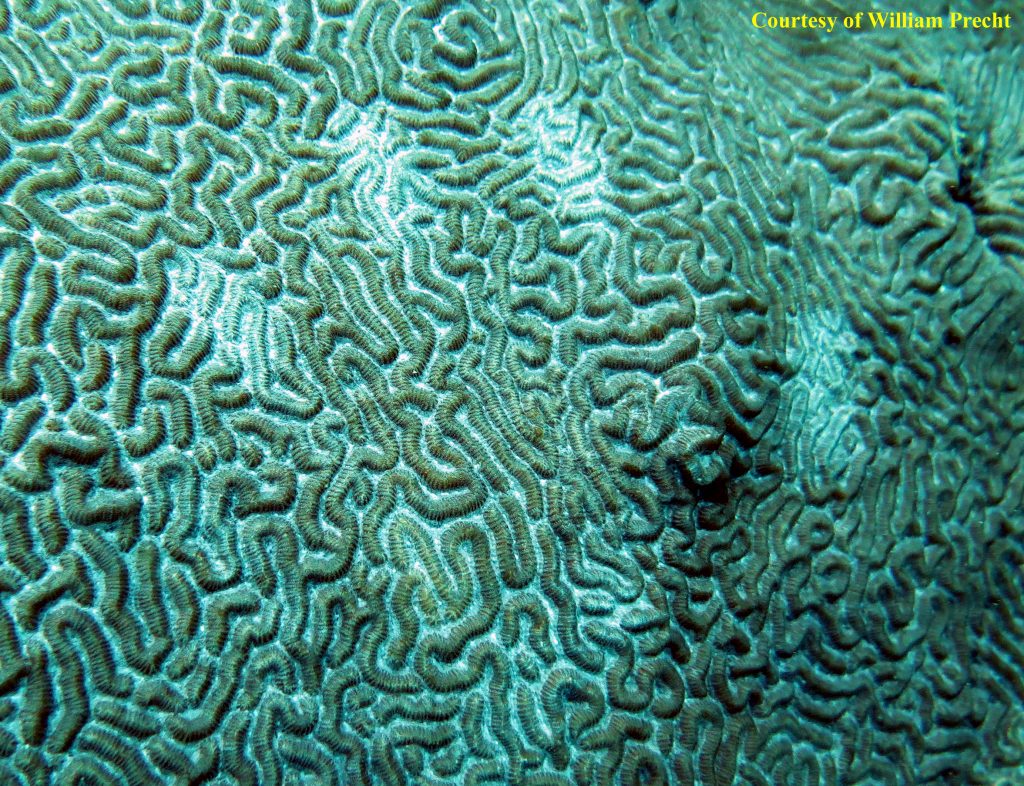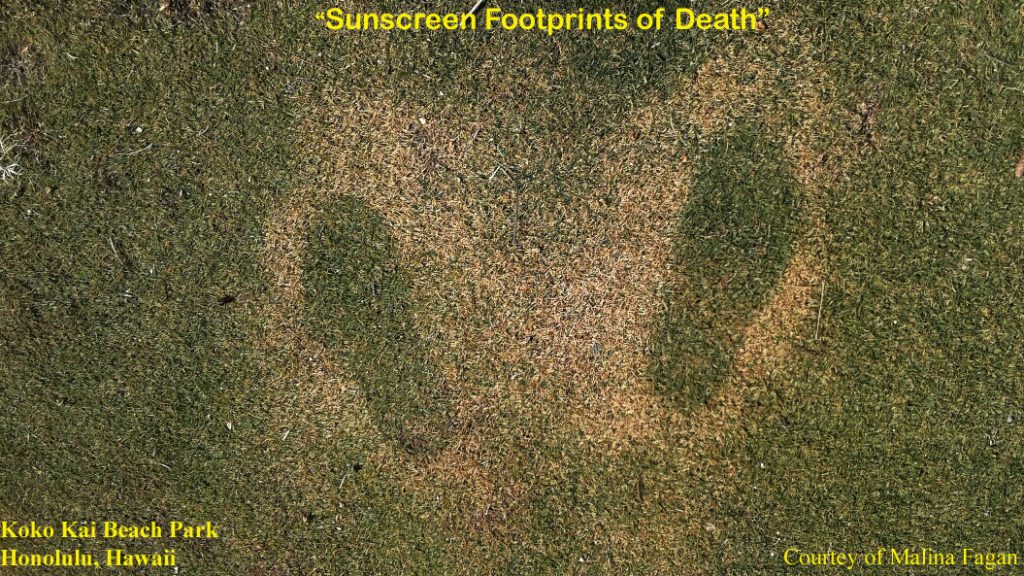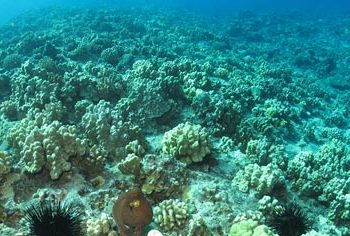Are There Any Negative Effects On Humans?
And, Oxybenzone isn’t just toxic to coral, there is good evidence it’s also a potential hormone disruptor and major allergen in humans. It can:
- increase hormonal activity leading to uncharacteristic weight gain
- cause pain from inflammation in the body as a result of the increase in hormone activity
- potentially contribute to both skin and breast cancer
- cause an allergic reaction (usually in the form of a rash)
The American Contact Dermatitis Society bestowed their “2014 Allergen of the Year” award on benzophenones – specifically Oxybenzone (Benzophenone-3) – which was found to be the most common reactive substance. And before that, The North American Contact Dermatitis Group concluded that Oxybenzone was a “contact allergen” in 2010 and the European Commission Health & Consumer Protection stated that Oxybenzone was a “photo-allergen” in 2006. It would seem there is plenty of concern about Oxybenzone in the medical community both in the US and abroad, but the sunscreen industry and many medical doctors, especially dermatologists, somehow refuse to accept these findings.
It is widely known that Oxybenzone penetrates the skin, is passed through the body and expelled in urine with significant enough levels to be measurable in a mere 20 minutes after application when exercising or sweating. (It’s important to note that we sweat while playing at the beach and also when playing and exercising in water!) And, when used according to the sunscreen application directions, Oxybenzone has time to absorb thoroughly into the skin – before entering the water. If the wearer puts it on and then goes into the water right away, they will lose sun protection rapidly. Oxybenzone is absorbed through the skin and as it breaks down, it produces free radicals when exposed to sunlight. Add this to the fact that it’s an estrogen mimicking hormone disruptor means it could contribute to skin and other cancers instead of helping to prevent them.
Skin Cancer & Overall Cancer Death Rates
Less than 30% of people in the US use sunscreen regularly and yet, according to the CDC, death rates from melanoma in Hawaii in 2013 were actually lower than any other state (Alaska did not submit data) and Hawai’i was ranked 48th for all cancer deaths in 2014, with Utah being the only state with a lower ranking (Nevada did not submit data).
Obviously Hawaiians get many times more exposure to the sun than say, someone living in South Dakota or Kansas. However, compared to other “sunny states” like Florida, which ranked 37th for cancers in 2013, Hawai’i is faring far better than expected in the combined cancer category, considering all of the other “sunny states” are also all ranking several spots higher than Hawai’i.
So, why are Hawaiians experiencing less overall cancer and other killer conditions like heart disease, diabetes, chronic lower respiratory disease and Alzheimer’s? Hawaiians overall are less stressed, more active, they eat healthier and they are conscious of the dangers from too much sun – whether working or playing, but they don’t experience vitamin D deficiencies like most of the rest of the country because they’re so active and get 20 minutes of sun exposure per day to make their own vitamin D3, the way nature intended. They also tend to wear sun-protective clothing, like hats and swim shirts, they go for the shade when at the beach and know to avoid the sun during peak hours.
Why Doesn’t The FDA Take Action?
It would seem that there is enough evidence to ban Oxybenzone in the US, if for no other reason than the effects it has on coral, much less what it is probably doing to the wearer of the sunscreen, right? So what’s the problem?
Well, there are two problems. First, the FDA doesn’t even require makeup and other over-the-counter hygiene products to be tested to prove they work and are harmless. Second, we are beholden to the old adage “Cash is King”. Industry, in general, doesn’t like change – unless it benefits their bottom line – or they fear a large, class action lawsuit.
The FDA will likely be the last to comment against an “approved” chemical, regardless of when the studies that got the substance it’s approval were done, since the cosmetics industry is the least regulated. The FDA cannot even require that cosmetic companies test or recall their products.
Why & How The Sunscreen Industry “Self-Regulates”
Sadly, as with beauty products, consumers are forced to rely on the sunscreen industry to self-regulate, or remove irritants and toxic substances without being forced or told to do so by an authoritative body. Because they can’t say “sunscreen prevents skin cancer”, they rely on doctors to say it by obsessively recommending that everyone should use sunscreen products containing Oxybenzone – without any proof of skin cancer prevention and in the face of new studies that raise serious questions about the safety of this chemical, both for coral and humans.
Is There Such A Thing As People Over Profits?
Will the sunscreen industry and dermatologists make decisions in the best interests of the consumer/patient instead of their businesses’ profits? Is that a reality? Does that actually happen?
Usually not. It would be a rare occurrence if the majority of companies that make up the sunscreen industry put people ahead of profits – and apparently the same can be said for the majority of dermatologists. There is even research that suggests the potential for skin cancer is increased by wearing Oxybenzone laden sunscreen. We can only hope that the medical community has more integrity than the sunscreen industry, but oftentimes the bottom line for both is profit.
In the past it has taken thousands of complaints and threats of legal action in order to get sunscreen companies to make even just the smallest changes in ingredients. Although Big Pharma’s regulations are considerably more stringent and their products actually require testing to be sold, dangerous prescriptions like Ambien, Celebrex, Vioxx and many others were kept on the market for years, even after serious problems, and even deaths, were reported by thousands of patients and physicians.





